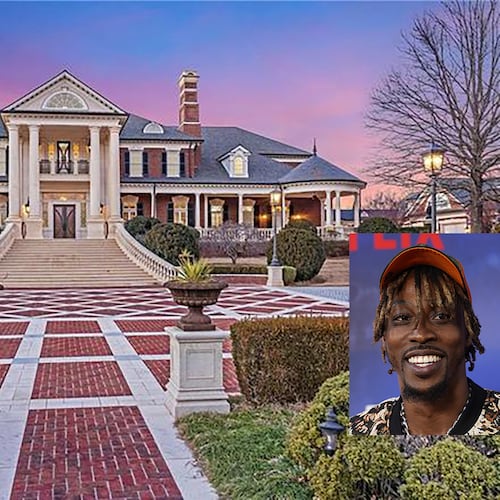The now-famous, graphic images of Neda Agha-Soltan’s death are online for anyone to see. The shaky cell phone video gets close up on the 26-year-old student’s face, and she stares back at the camera for a few moments before blood gushes from her mouth and nose and her eyes go blank.
That scene started what many Iranians who oppose President Mahmoud Ahmadinejad and the conditions enforced after the Islamic Revolution in 1979 now call the “Neda Effect.”
HBO’s new documentary, “For Neda,” airs at 9 p.m. Monday and again on June 20, the first anniversary of Neda’s death. The film includes the first footage and in-depth interviews with the Agha-Soltans, obtained covertly because of government threats to the family and the banning of foreign media in Iran.
Agha-Soltan was not a political person, but set off to join demonstrators on June 20, 2009, even after Supreme Leader Ayatollah Ali Khamenei warned citizens that police would shut down Tehran's election protests by any means necessary.
Neda was walking with her music teacher among thousands of other supporters of Mir-Hossein Mousavi, a reform candidate who had opposed Ahmadinejad in a recent election, when she was shot in the heart, allegedly by a member of the Basij pro-government militia. No one has ever been charged.
“She wasn’t going around securing signatures for One Million Signatures [a campaign run by Iranian women to repeal discrimination]. She wasn’t one of those radical women who set up a blog and are really passing on dangerous information, and that’s what makes her story interesting,” said director Antony Thomas.
“She was any girl, anywhere. But this wasn’t anywhere. It’s the Islamic Republic of Iran where even the clothes you wear make a political statement.”
Following the Atlanta premiere at the Carter Center on Friday, an audience member who said she was born in Iran stood up and tearfully thanked Thomas for the film, saying it showed hope that post-revolutionary conditions would soon be over.
“Everybody saw her death and everybody saw the pain and everybody said it was wrong,” said Sara Mazloumsaki, an independent journalist. “Neda was walking in a peaceful demonstration that the government didn’t have any other tools [besides violence] to stop. They panicked and thought a revolution would happen, so they started killing people in the street. Neda was the first casualty we saw on YouTube, and that image was so powerful.”
YouTube, social media and other computer technologies are a significant part of Neda’s story. When Voice of America tried to air Arabic and Farsi versions of the documentary in Iran earlier this month, the government jammed the satellite connections, and when that proved difficult, electricity was cut, said Austin Heap, who worked on setting up proxy servers that divert computer signals to other countries so Iranians can view the film online.
Government-made films of Neda’s story ran instead on television, claiming multiple alternate theories about her death, among them that she was killed by a BBC reporter or a CIA agent. And even that she was an actress who is still alive. Included among extensive new footage in “For Neda” are scenes from her burial.
"There is all kinds of oppression going on in a country like Iran, but this is the first time masses of people had the technology to record what was happening and to post it online," Thomas said. "When a country gets to a certain level of sophistication, you have to have this kind of communication. It means you can't build Berlin Walls anymore. Government can no longer stop its people from communicating with the outside world. It's a real turning point in human history."
About the Author
The Latest
Featured

